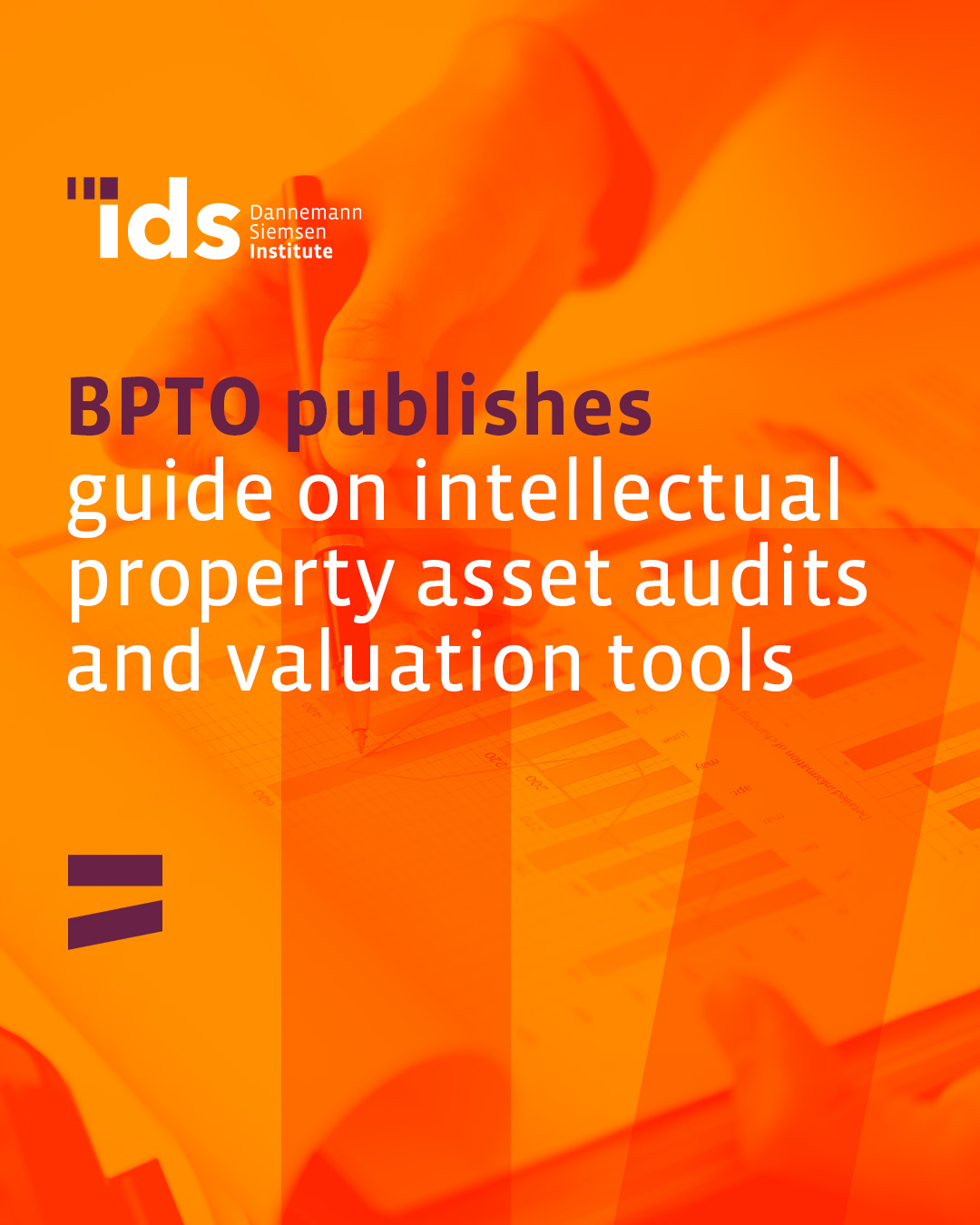25 de março de 2025
Share
BPTO publishes guide on intellectual property asset audits and valuation tools
The Brazilian Patent and Trademark Office (BPTO) has recently published a guide entitled “Using All Your Valuable Assets in the Best Possible Way: How to Manage Your Intellectual Property Using Audits and Valuation Tools”. This publication is part of a series of materials developed by the Intellectual Property Office of Singapore (IPOS) and adapted by the BPTO, as a result of a partnership between the two institutions. The guide explains the importance of an intangible asset ledger for companies and highlights three main types of valuation: IP diagnosis, IP audit and due diligence.
The guide initially addresses the importance of IP valuation for companies. The assessment allows the organization to understand what it owns, where those assets are located and whether they are accomplishing their respective roles. This knowledge is relevant because, in the event of a sale or transfer, the company will have a clear idea about the IP’s worth. The IP diagnosis is the basic stage of the valuations mentioned in the e-book, and it helps companies to identify what types of IP they own and the problems that companies that own the same assets encounter.
As for the IP audit, the focus of the guide, a more detailed analysis is usually carried out by an external specialist. The audit identifies the company’s assets and checks whether they are properly protected and registered. Due diligence, on the other hand, is an even more thorough analysis, used mainly in commercial transactions such as mergers, acquisitions and attracting investments. This assessment investigates the legal situation regarding the ownership of intangible assets, the chances of challenging this ownership, among other relevant information, so that the company is prepared to negotiate safely.
The guide also advises companies on creating an intangible asset book for their own purposes. This document should contain detailed information about each asset, such as its location, date of creation, ownership and legal status. The register facilitates IP management and helps the business keeping track of renewal deadlines and any legal disputes involving its assets.
Following this, the guide explains to entrepreneurs how they can prepare for an IP audit, recommending the inclusion of different sectors in the process, such as sales and marketing, human resources, legal counsel and the research and development team. This integration facilitates the compilation of data and allows the audit to accurately reflect the needs and priorities of the business.
During the audit, it is essential that the auditor has access to company data in order to understand its assets and future plans. The result of the audit is a comprehensive report that takes into account the company’s financial resources when aligning IP with future business strategies.
Finally, the guide emphasizes that IP auditing should be seen as an ongoing practice. Keeping the register updated and periodically reviewing the protection conditions of assets is key to ensuring that the company is prepared to face legal challenges and to make the most of its innovations.
The report can be accessed via the link: how to manage your intellectual property
Note: For quick release, this English version is provided by automated translation without human review.
